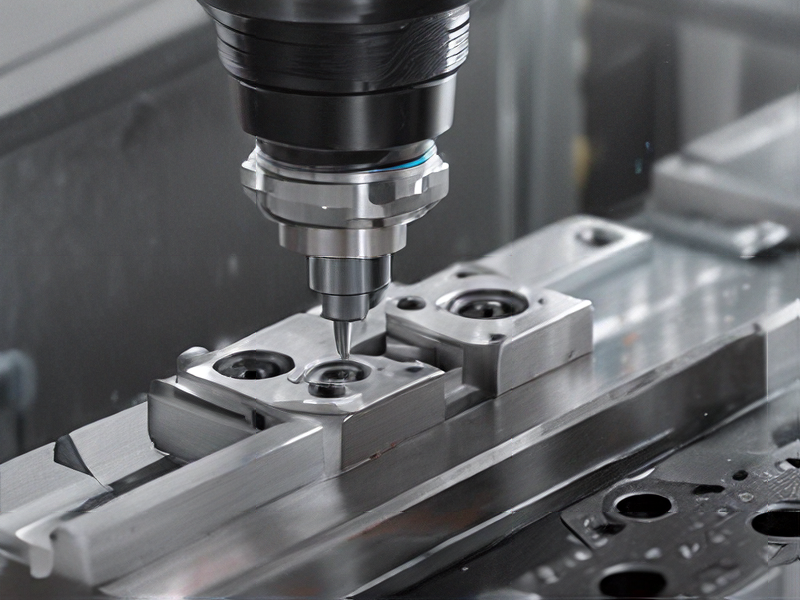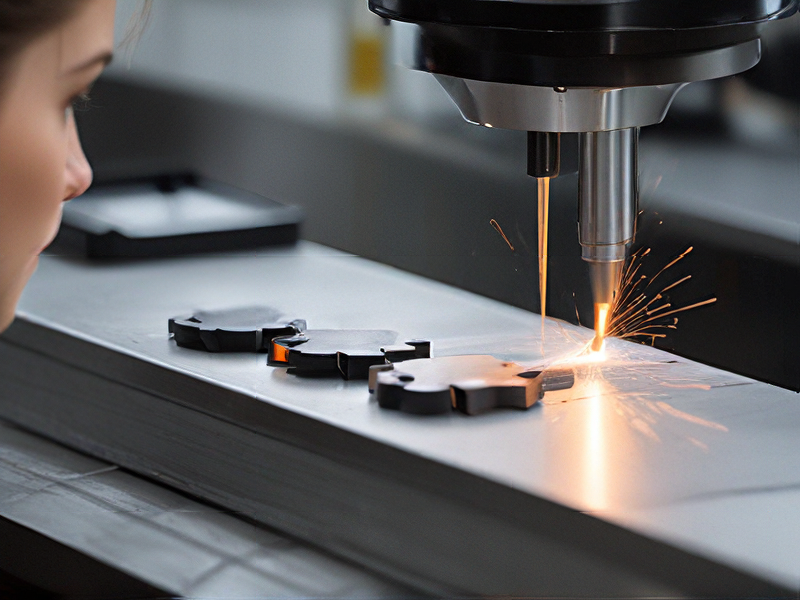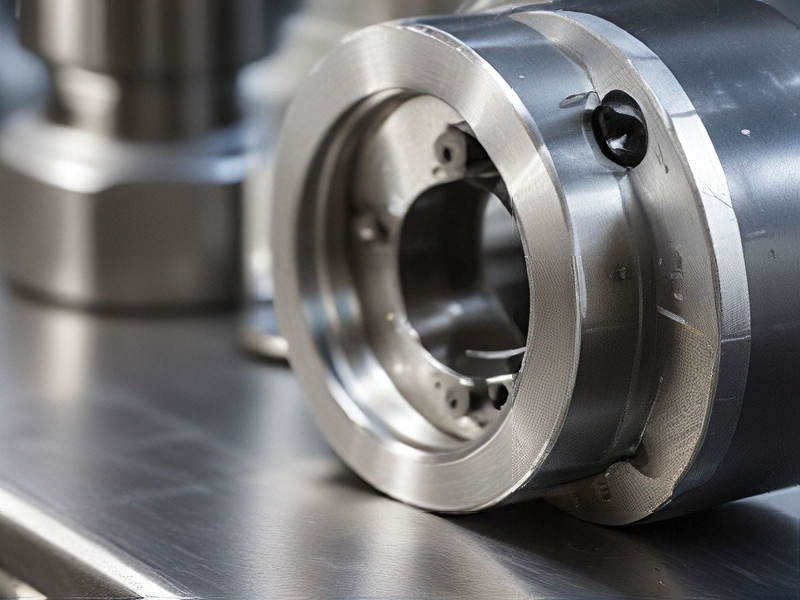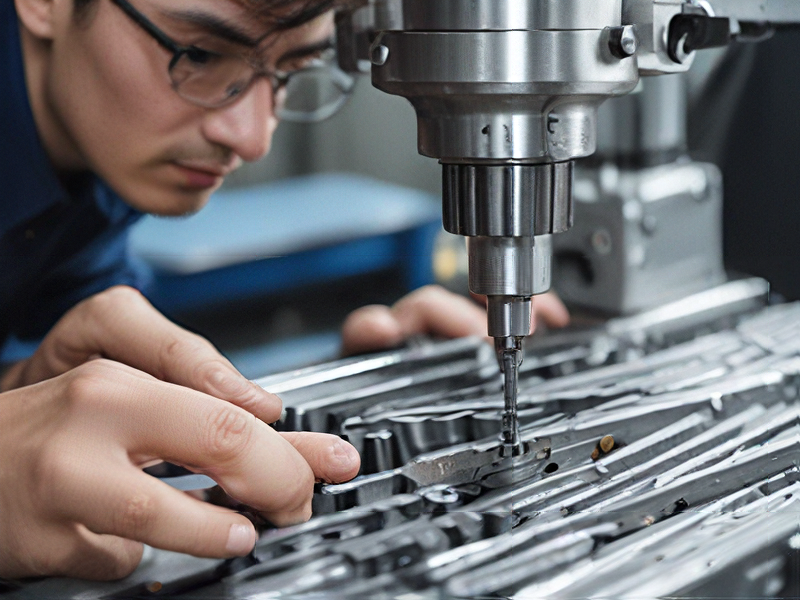Technology and Applications of machining service
Machining services encompass a broad spectrum of technologies and applications essential across various industries. The primary goal of machining is to shape and finish components to precise specifications through the removal of material. Key technologies include:
1. CNC Machining: Computer Numerical Control (CNC) machines automate tool movement with high precision, controlled via computer programs. This technology ensures consistent and intricate part production suitable for complex geometries.
2. Turning and Milling: These are fundamental machining processes. Turning rotates the workpiece against a stationary cutting tool, ideal for cylindrical parts. Milling involves rotating multiple cutting tools to remove material from a workpiece, suitable for flat or irregular surfaces.
3. Grinding: Utilizes abrasives to refine surfaces and achieve tight tolerances not feasible with conventional machining. It’s crucial for applications requiring smooth finishes or exact dimensions.
Applications of machining services span diverse sectors:
– Automotive: Critical components like engine parts, gears, and suspension systems demand precise machining for performance and safety.
– Aerospace: Machining ensures parts meet stringent standards for strength, weight, and durability, vital in aircraft structures, engines, and avionics.
– Medical: Machined parts for surgical instruments, implants, and diagnostic equipment require biocompatibility and precision to ensure patient safety and efficacy.
– Consumer Electronics: Machining contributes to the production of intricate components in smartphones, computers, and appliances, ensuring functionality and compact design.
Advancements in machining include the integration of robotics for automation, 3D printing for rapid prototyping, and AI for optimizing processes and quality control. These technologies enhance efficiency, reduce lead times, and improve product consistency in manufacturing. As industries evolve, machining services continue to innovate, supporting technological progress and meeting increasingly complex demands.

Quality Testing Methods for machining service and how to control quality
Quality Testing Methods for Machining Services:
1. Visual Inspection:
– Purpose: Identifies surface defects such as scratches, cracks, and imperfections.
– Method: Using magnifying lenses, cameras, or the naked eye to examine parts.
2. Dimensional Inspection:
– Purpose: Ensures parts meet specified dimensions and tolerances.
– Method: Employing tools like calipers, micrometers, coordinate measuring machines (CMM), and gauges.
3. Surface Finish Testing:
– Purpose: Assesses the surface texture to meet design requirements.
– Method: Using profilometers and roughness testers.
4. Hardness Testing:
– Purpose: Measures the material’s resistance to deformation.
– Method: Utilizing Rockwell, Brinell, or Vickers hardness testers.
5. Non-Destructive Testing (NDT):
– Purpose: Detects internal defects without damaging the part.
– Method: Techniques include ultrasonic testing, radiographic testing, and magnetic particle testing.
6. Material Analysis:
– Purpose: Confirms material composition and properties.
– Method: Spectroscopy, X-ray fluorescence (XRF), and chemical analysis.
Quality Control Methods:
1. First Article Inspection (FAI):
– Process: Verifies the first produced part against design specifications before full-scale production.
2. Statistical Process Control (SPC):
– Process: Monitors and controls manufacturing processes through statistical methods to detect and prevent defects.
3. In-Process Inspection:
– Process: Continuous inspection during production to catch and correct issues in real-time.
4. Quality Management Systems (QMS):
– Process: Implementing systems like ISO 9001 to standardize procedures and ensure consistent quality.
5. Root Cause Analysis:
– Process: Identifying and addressing the underlying causes of defects to prevent recurrence.
By integrating these testing and control methods, machining services can maintain high-quality standards, ensuring parts meet specifications and customer expectations.

Tips for Procurement and Considerations when Purchasing from machining service
When procuring machining services, consider the following key tips:
1. Define Requirements Clearly: Specify detailed technical requirements including tolerances, materials, surface finish, and quantity. Clear specifications reduce misunderstandings and ensure accurate quoting.
2. Evaluate Supplier Capabilities: Assess the machining service provider’s experience, equipment capabilities, quality control measures, and adherence to industry standards like ISO certifications.
3. Request Quotes and Compare: Obtain detailed quotes from multiple suppliers. Compare pricing, lead times, quality assurances, and additional services offered (like finishing or assembly).
4. Quality Assurance: Inquire about the supplier’s quality control processes. Look for certifications such as ISO 9001 which ensure consistent quality standards.
5. Communication and Responsiveness: Choose a supplier who communicates effectively and responds promptly to inquiries or issues. Good communication prevents delays and ensures project alignment.
6. Financial Stability: Assess the supplier’s financial stability and reliability. A stable supplier is less likely to face disruptions that could impact your project.
7. Review Customer Feedback: Check references and online reviews to gauge customer satisfaction and reliability. Feedback from previous clients provides insights into their performance.
8. Consider Location: Evaluate proximity to your location. Local suppliers may offer quicker turnaround times and easier logistics, though global suppliers may provide cost advantages.
9. Contractual Agreements: Establish clear terms in a contract covering pricing, delivery schedules, quality standards, intellectual property rights, and liability.
10. Continuous Improvement: Partner with suppliers committed to continuous improvement and innovation. This ensures they stay competitive and offer better solutions over time.
By following these considerations, you can effectively choose a machining service provider that meets your project’s requirements in terms of quality, cost-effectiveness, and reliability.

FAQs on Sourcing and Manufacturing from machining service in China
FAQs on Sourcing and Manufacturing from Machining Services in China
1. Why should I consider sourcing machining services from China?
– China offers cost-effective manufacturing solutions, advanced technological capabilities, and a large pool of skilled labor, making it a competitive choice for machining services.
2. How do I find reliable machining service providers in China?
– Research online directories, industry forums, and trade shows. Look for providers with ISO certifications and positive customer reviews. Engaging with a sourcing agent can also help identify reliable partners.
3. What types of machining services are available in China?
– Chinese manufacturers offer a wide range of services including CNC milling, turning, drilling, grinding, and custom machining for various materials like metals, plastics, and composites.
4. How can I ensure the quality of the products?
– Specify detailed technical requirements and quality standards. Use initial sample approval (First Article Inspection) and consider third-party quality inspections to verify compliance before mass production.
5. What are the typical lead times for machining projects?
– Lead times vary based on project complexity and volume. Typically, prototypes can take 2-4 weeks, while larger production runs may take 4-8 weeks.
6. How do I handle intellectual property (IP) protection?
– Use non-disclosure agreements (NDAs) and choose suppliers with a good track record in IP protection. Registering your IP in China can provide additional security.
7. What are the payment terms and methods commonly used?
– Common terms include a 30% deposit before production and 70% balance before shipment. Payment methods usually include wire transfers (T/T) or letters of credit (L/C).
8. How do I manage logistics and shipping?
– Work with experienced freight forwarders to handle shipping logistics. They can assist with documentation, customs clearance, and choosing the most cost-effective shipping methods.
9. What should I consider regarding tariffs and import duties?
– Stay updated on current tariffs and import regulations for your country. Working with customs brokers can help navigate these complexities.
10. How do I address communication barriers?
– Choose suppliers with proficient English-speaking staff and use clear, written communication. Regular video calls and on-site visits can enhance understanding and collaboration.

